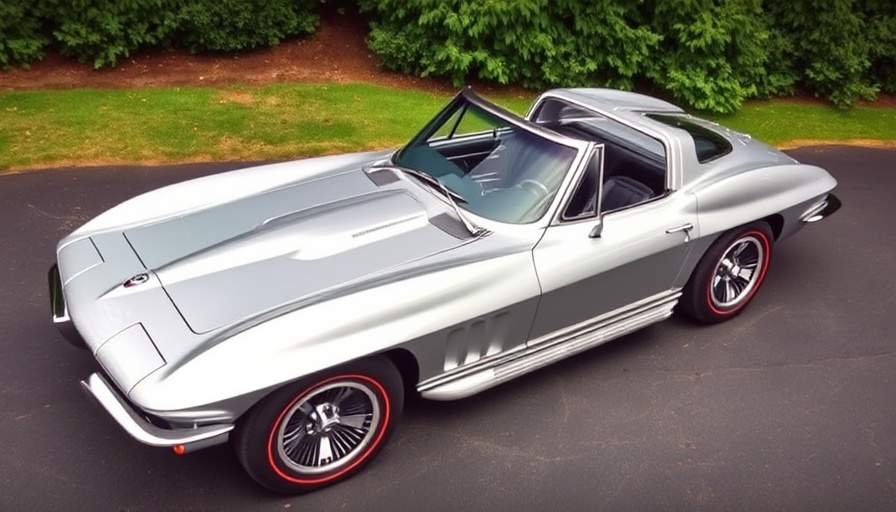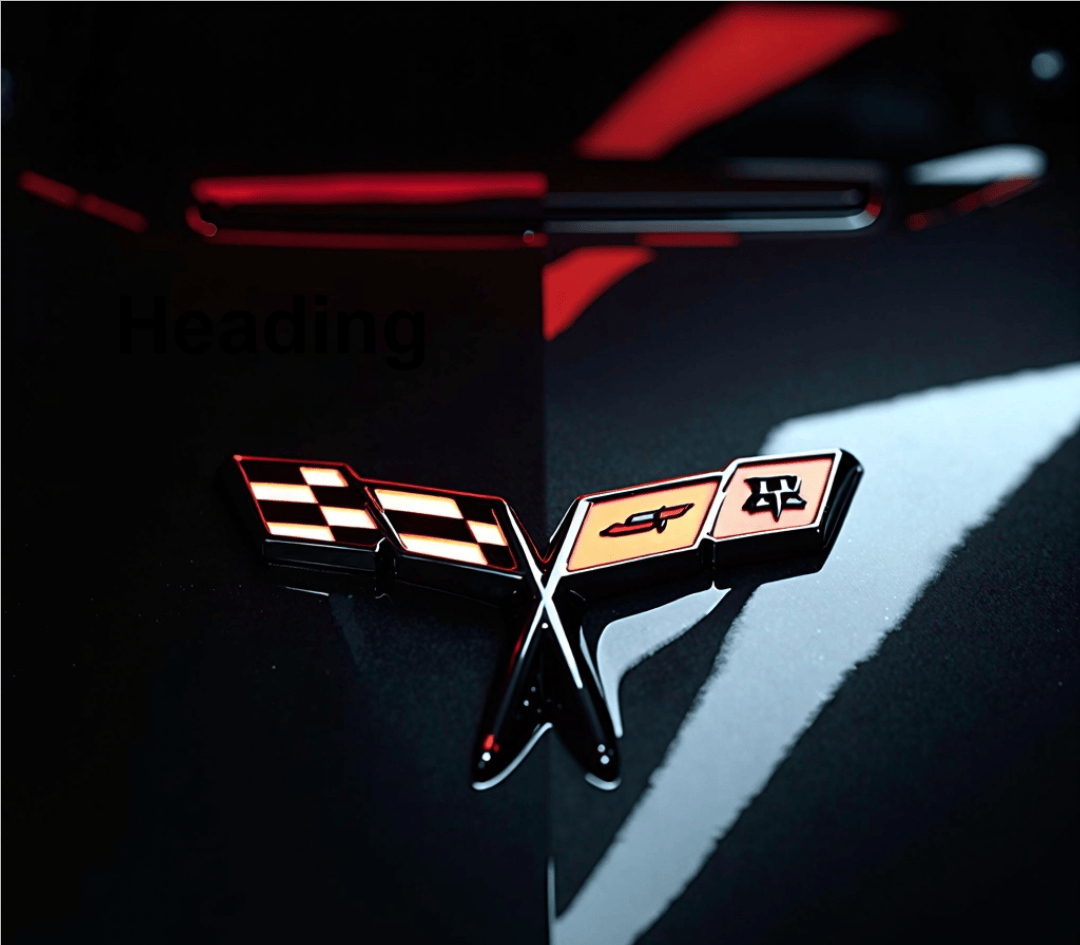
The Legendary 1966 Corvette Stingray: An Icon of American Muscle
When it comes to exemplifying American automotive excellence, few names resonate as powerfully as the Chevrolet Corvette. Among its storied lineage, the 1966 Corvette Stingray stands out as a vibrant symbol of performance, innovation, and sophisticated design from an era that prioritized raw power and a thrilling driving experience. Built from 1963 to 1967, this second-generation Corvette not only showcased Chevrolet's commitment to engineering excellence but also set a benchmark for muscle cars worldwide.
Engineering Marvels: What Sets the Stingray Apart
As the 1966 model rolled off the production line, it brought with it notable advancements that continue to influence car design to this day. One significant upgrade was the introduction of a fully independent suspension in 1963, permitting greater agility and improved handling. A couple of years later, the implementation of four-wheel disc brakes revolutionized stopping power, allowing drivers to experience the thrill of speed with better safety. In total, 27,720 Corvettes were produced in 1966, including a noteworthy 17,762 convertibles that appealed to the era's desire for both performance and open-air enjoyment.
Power Under the Hood: The 427 Cubic-Inch V8
The most significant engine introduction in 1966 came with the debut of the formidable 427 cubic-inch “Mark IV” big-block V8. Initially rated at a formidable 450 horsepower, this powerhouse later saw a revision to 425 horsepower, yet its performance remained blistering. Imagine a 0–60 mph time of under five seconds and a quarter-mile completion of just 13.4 seconds on standard bias-ply tires! This engine solidified the Corvette’s reputation among car enthusiasts who craved speed and power.
A Rising Star in the Pontiac Scene: L72 427 Performance Package
Of the 27,720 Corvettes produced, an impressive 5,258 units featured the high-performance L72 427/425 HP engine. This version, characterized by its blend of brute strength and smooth driving experience, appeals especially to collectors and car enthusiasts today. One such standout model can be seen in action on Raiti’s Rides YouTube channel, where Joe Raiti takes it for a spin, highlighting its impressive power and historical significance.
The Timeless Appeal of the 1966 Corvette Stingray
The 1966 Chevy Corvette Stingray is more than just a car; it is an exemplar of American culture and automotive prowess. Its sleek design not only captured the eyes of onlookers but also continues to ignite passion among car collectors and restorers. With so many options such as the convertible and coupe, it remains a status symbol and a testament to the enduring appeal of classic muscle cars.
Owning a Piece of History: The Market for 1966 Corvettes
For enthusiasts interested in acquiring a piece of this automotive history, options abound. From classic Chevrolet Corvette dealerships to online listings, the search for a used Chevrolet Corvette for sale can unveil hidden gems. Brands such as MacMulkin Chevrolet often have listings featuring restorations and original models. Additionally, attending car shows or connecting with clubs can provide valuable insights and opportunities to purchase these revered vehicles.
Future Trends in the Corvette Community
As we move forward into the realm of electric vehicles and smart technology, the legacy of the Corvette continues to inspire and evolve. Enthusiasts today contemplate how future iterations will honor the power and style of their classic predecessors. Amid the advancements in vehicle technology, the core identity of performance and American craftsmanship remains the heartbeat of the Corvette brand.
The legacy of the 1966 Corvette Stingray is a fitting tribute to Chevrolet's innovation and the joy of driving. For those seeking to dive deeper into this piece of automotive art, join forums, visit car shows, and engage with fellow enthusiasts. Not only will you enhance your knowledge, but you may also find your own dream Corvette waiting in a showroom or a classified ad.
 Add Row
Add Row  Add
Add 




Write A Comment